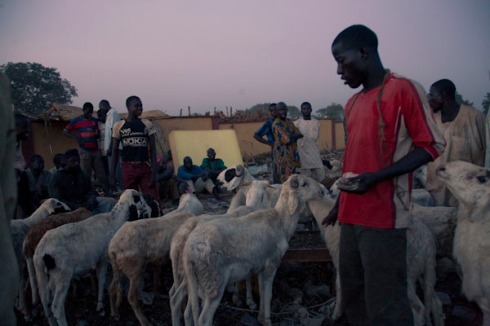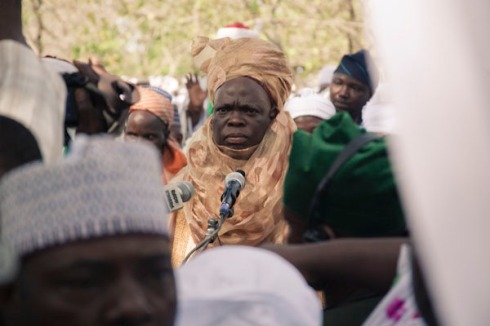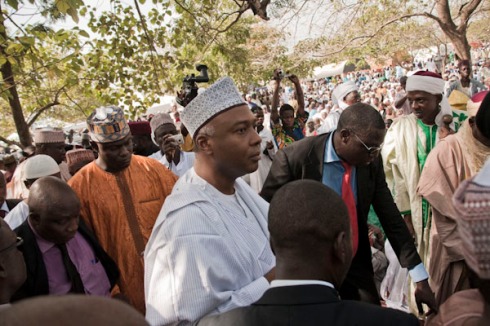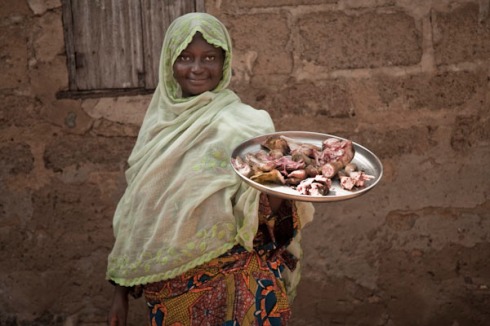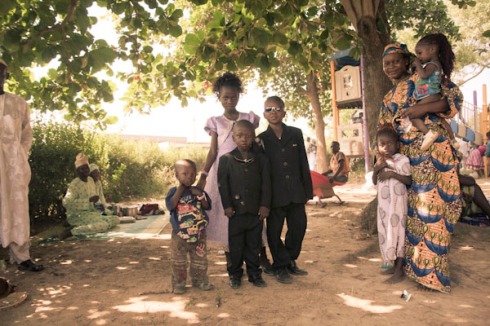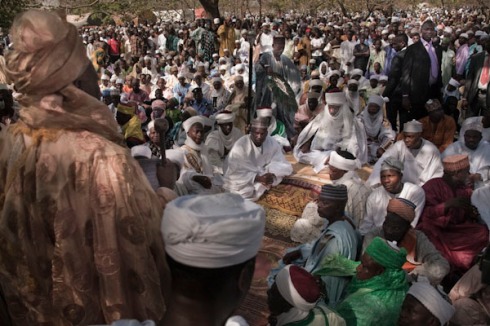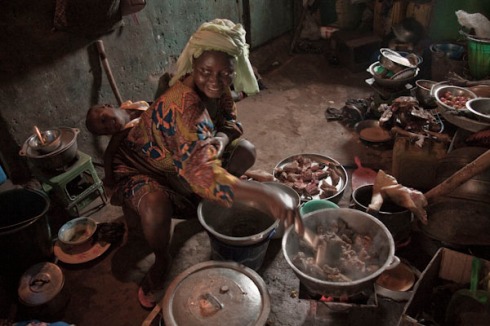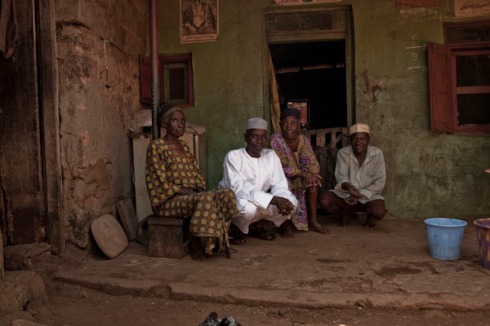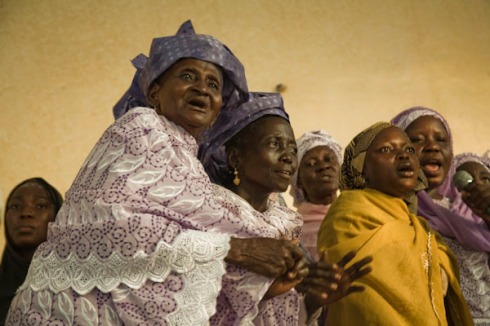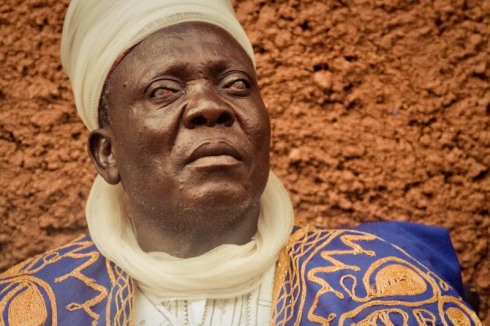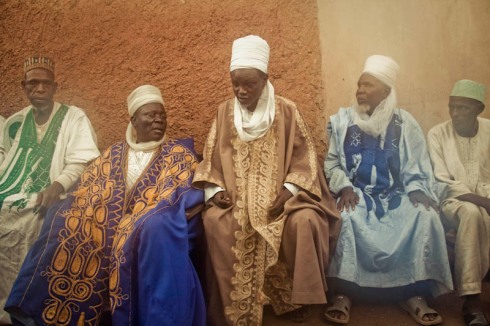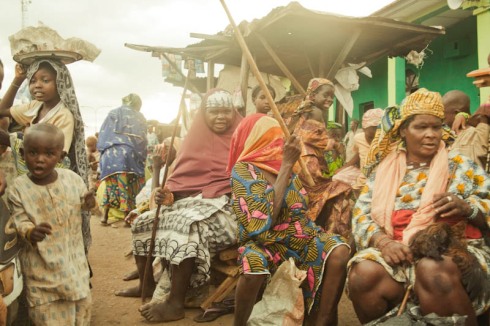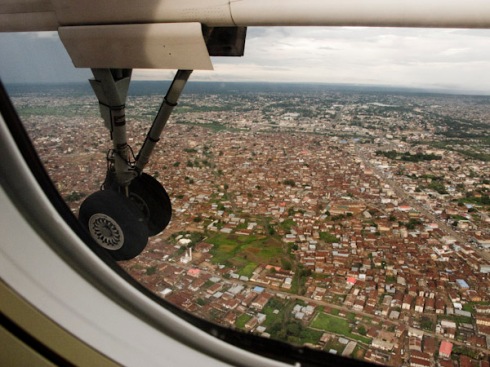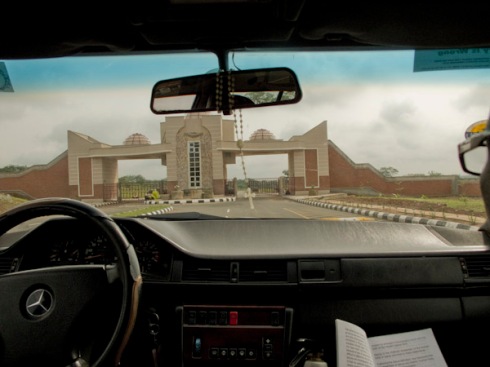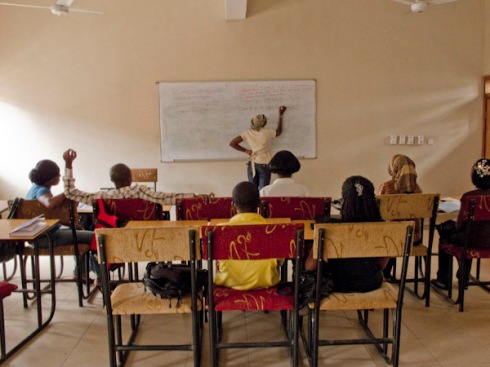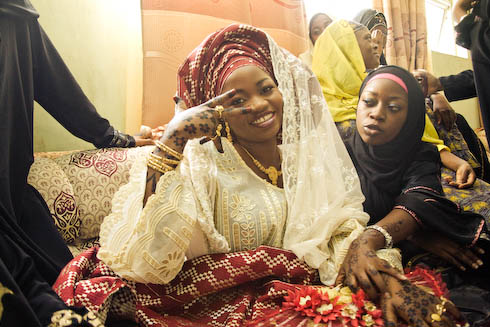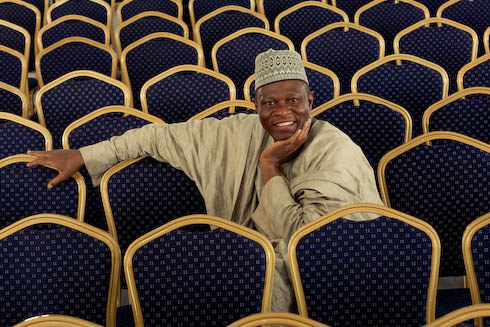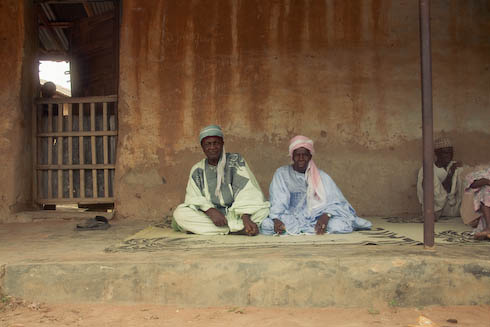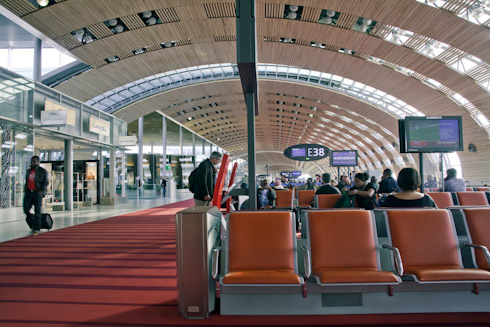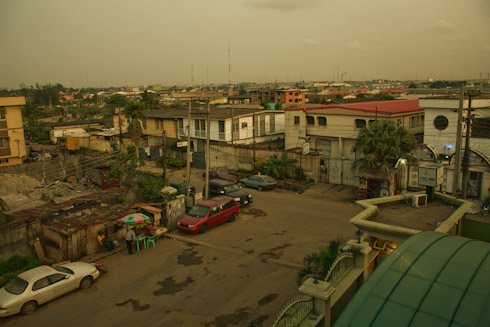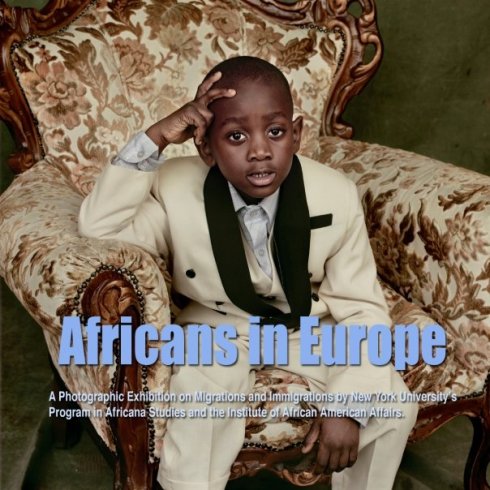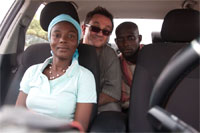o
o
testo italiano in coda
Among the Islamic Festivals which are celebrated worldwide one that stands out in particular is ʿīd al-aḍḥā, the festival of sacrifice and sheep sticking, called Sallah in llorin. This festival marks a time of great celebrations, which reminds me of those Easters that we used to celebrate: so many of us, all together, after waiting for so long and then remembering for even longer.
The celebrations go on for three days or more to commemorate the various tests passed by the prophet Ibrāhīm/Abraham, his wife Hāgar/Agar and their son Ismāʿīl/Ismael. The ritual sacrifice carried out as part of the festival is reminiscent of the substitute sacrifice of a sheep, that Ibrahim made after the angel stayed his hand from sacrificing his only son as an act of obedience to God. For this reason this festival is also a celebration of absolute faith and unquestioning submission to God’s will (islām).
Days before Sallah starts the town begins its preparations, finding a sheep to sacrifice and cut into pieces both large and small to give to friends, relatives and, according to the letter of the Koran, to the poor as well. The cattle market is quite a distance from the town, and to get there you have to get through a honking swarm of cars, buses, motorbikes, vans and carts all on their way to market. First they travel empty but none of them return without at least one animal: riding pillion on the motorbikes, on the back seats of cars, in the boot together with the spices which will be used to season the meat.
o
o
The sacrifice cerimony takes place on the tenth day of the Islamic lunar month Dhu_l-Hijja. A man, who is in a state of purity, sticks the sheep with one blow, and then leaves the animal to bleed to death, in this way it is purified. In llorin this is a job for the Chief Imam, at the height of a ceremony which is held in an enormous park at the town gates, beneath trees that have seen so many people pass below their branches in line after line.
During Sallah every man who counts (the women help at a distance) comes to pay his respects to the Emir, who arrives with his court and then collects the powerful, the judges, ministers and finally the Governor, chronologically the last one but in fact the first among citizens.
o
o
People sit on an immense carpet like a jigsaw puzzle, listening to songs, readings from the Koran, sermons and prayers. All this takes place under the watchful eyes of a huge security organisation: body-guards, military police, secret service, the night round, whatever security body you can imagine, the Emir’s personal guard of honour; every so often someone’s jacket opens, disclosing a gun, a machine gun or a precision rifle; whilst its owner smiles engagingly all the while… The Chief Imam closes the ceremony and starts the feast by sticking the first sheep; straight after this the crowd breaks up and thousands of people set of in the direction of home where the heads of the family repeat the sacrifice.
o
o
Relatives visit, coming from far and wide, for the traditional sharing out of the meat and at the same time to cement their family and friendship bonds. The size of the portions of meat given out vary according to the importance of the relationship, but they all end up marinated and then fried or roasted, and finally served on plates and trays, different cuts, higgledy-piggledy, seasoned with tasty, fragrant spices, ready to be picked up by fingers that can’t wait for them to cool down.
These are light-hearted days: those who are able take time from their work and treat themselves to all the pleasures of a great feast day, even if this is just a simple picnic and a ride on the merry-go-round in the park, or a stroll round the Emir’s palace, greeting him if he should appear. Those who count live far away, in houses surrounded by high well-guarded walls, but they do the same things: to give and to accept are complementary gestures and in this exchange lies a symbolic exchange which is repeated millions of times.
o
o
Parties are thrown and music is played, traditional music groups perform in areas set aside for shows, the great hall which every important hotel rents out for ceremonies, parties and concerts. Speeches and acknowledgements are followed by sung music, a voice with a drum, or intricate vocal patterns sung by women with completely unexpected rhythms. Each artist is honoured with a public gift of money, which their admirers stick onto their sweating brows or sprinkle onto them like a shower of confetti. This is a real show, a game which takes its time and is enjoyed to the utmost by all: this money gift is a type of applause, the signature on a contract of respect.
o
o
Fra le grandi feste islamiche celebrate in tutto il mondo spicca la ʿīd al-aḍḥā, la festa del sacrificio o festa dello sgozzamento, che a Ilorin viene chiamata Sallah. Sono giorni di festa grande, che a me ricordano le pasque che si celebravano in tanti, dopo lunga attesa e con lunghi ricordi.
Per tre o anche più giorni si festeggia per ricordare le prove superate dal profeta Abramo/Ibrāhīm, dalla moglie Agar/Hāgar e dal loro figlio Ismaele/Ismāʿīl. Il sacrificio rituale che si pratica nel corso della festività ricorda il sacrificio sostitutivo effettuato con un montone da Ibrāhīm, tanto obbediente al volere divino da essere disposto a sacrificargli il figlio Ismaele, fermato solo all’ultimo istante da un angelo. È quindi per eccellenza la festa della fede e della totale e indiscussa sottomissione a Dio (islām).
Giorni prima la città si mobilita per procurarsi un montone da sacrificare e tagliare in pezzi grandi e piccoli da donare agli amici, ai parenti e, secondo la lettera del Corano, per un terzo anche ai poveri. Il mercato del bestiame si trova un bel pezzo fuori città, per arrivarci occorre superare un brulicare strombazzante di auto, pulmini, moto, furgoni, carretti che vanno e vengono per l’acquisto. Prima vuoti, poi carichi di almeno un animale: sulla sella della moto, sul sedile posteriore dell’auto, nel baule insieme alle spezie che ne profumeranno la carne.
o
o
La cerimonia del sacrificio avviene il decimo giorno del mese lunare islamico Dhu_l-Hijja. Un uomo in stato di purità legale sgozzerà il montone con un solo gesto, e lo lascerà poi dissanguare per purificarsi.Ad Ilorin questo incarico spetta al Cheaf Imam, al culmine di una cerimonia che si tiene in un enorme parco alle porte della città, sotto piante che hanno visto passare lunghe file di gente. Durante Sallah ogni uomo che conta (le donne assistono da lontano) viene a rendere omaggio all’Emiro, che arriva con la sua corte e poi accoglie i potenti, i giudici, i Ministri e infine il Governatore, ultimo nel tempo e primo nell’olimpo cittadino.
La gente seduta su un immenso puzzle di tappeti ascolta canti, letture del Corano, sermoni, preghiere. Tutti sotto gli occhi di un enorme servizio di sicurezza: body-guards, polizia militare, servizi segreti, ronde, servizi d’ordine di ogni tipo, guardia d’onore dell’Emiro; ogni tanto qualcuno aprendo la giacca scopre una pistola, un mitra o un fucile di precisione: sempre sorrido con complicità… Il Chief Imam conclude la cerimonia ed apre la festa sgozzando il primo montone; subito dopo la folla si rompe e migliaia di persone prendono la via di casa dove i capofamiglia potranno replicare il sacrificio.
o
o
I parenti si fanno visita, muovendo anche da città lontane, per recapitare la carne rituale e così rinsaldare i legami di parentela ed amicizia. A seconda dell’importanza della relazione si regalano pezzi grandi o piccoli, che finiranno tutti a marinare e quindi fritti o alla brace, infine offerti su piatti e vassoi, tagli diversi, alla rinfusa, conditi con spezie saporose e profumate, da mangiare a scottadito.Sono giorni di leggerezza: chi può non lavora e si regala i piaceri delle grandi feste, anche un semplice pic-nic e un giro di giostra al parco, oppure a passeggio intorno al palazzo dell’Emiro, per salutarlo se esce.Chi conta vive lontano, in case circondate da alte mura sorvegliate, ma ripete gli stessi gesti: offrire ed accettare sono gesti complementari in questo scambio simbolico ripetuto milioni di volte.
o
o
Si fa festa e si suona, gruppi di musica tradizionale si esibiscono nei posti dello spettacolo, le grandi hall che ogni albergo importante affitta per cerimonie, feste e concerti. Si alternano discorsi e ringraziamenti con musiche cantate, una voce e un tamburo, oppure ricami di voci di donna su imprevedibli tessuti ritmici. Ogni artista viene onorato con il dono pubblico di denaro, che gli ammiratori appiccicano alle fronti sudate o lasciano cadere come una pioggia di coriandoli. E’ un gioco d’esibizione che si consuma lentamente, con grande compiacimento di tutti: il regalo di denaro è una forma di applauso, la firma di un contratto di stima.
o
o
o
o

